The Gaza War: Changing Journalism, Journalists
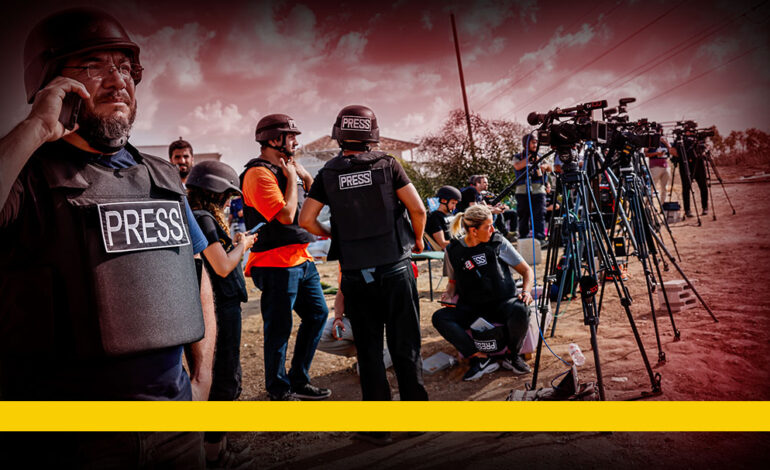
Even as a limited ceasefire with Hamas was being finalised on November 22, with a deal to release 50 hostages over a period of four days, Israeli Prime Minister Benjamin Netanyahu reiterated that the war in Gaza will not stop with this. “We will continue the war until Gaza will not threaten Israel,” he said. What this means is that Gaza will continue to be an intensely life threatening workplace for journalists. Over the last few weeks Gaza has turned into a war front where journalists themselves have become victimised news-subjects as well as a moving picture of bravery and human resilience. And, in the process, a new and unique journalism phenomenon has also emerged from the region.
At first, the world only noticed the regular reporting of big media organisations like Al Jazeera from Gaza. Reporters from other international media were by and large unable to enter Gaza. It was amidst this that this new media phenomenon emerged. This was essentially linked to the new age of social media.
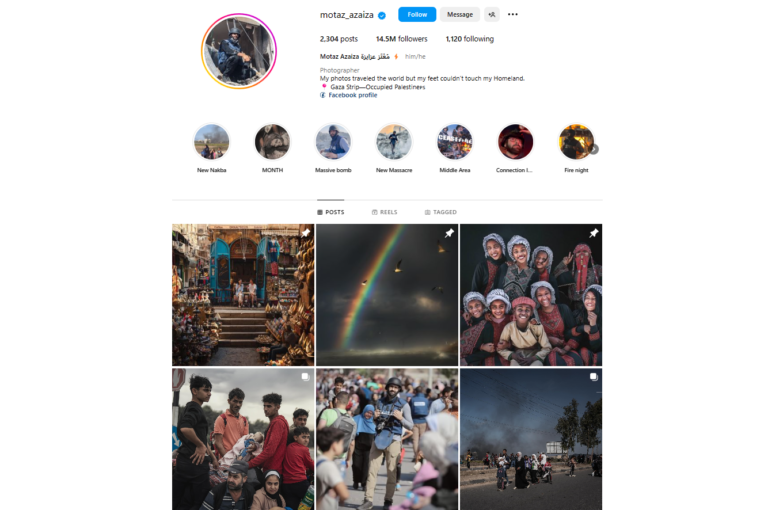
The phenomenon was the almost overnight transformation of Gazan content creators—those who celebrated their lives as social media stars capturing Gaza’s culture, food, and sights—into war reporters. They were not even familiar with the rough life of a normal peacetime reporter. Still, standing on the thin line between life and death, staring at near-certain death that would follow if one misstep happened, they began to speak to the world.
These “new” journalists as well as existing professional journalists became victims of the war in Gaza. We cannot see them separately. Both conventional journalists as well as the “new ones” showed and continue to show extraordinary courage, commitment and endurance in the face of unprecedented human tragedies. Some of them may have biases. But their significance and courage cannot be underestimated.
At the time of writing this, reports say 53 of the journalists and media workers reporting from Gaza and Israel have been killed in the war. The Committee to Protect Journalists (CPJ), a New York-based NGO, says 46 Palestinian journalists, 4 Israeli journalists and 3 Lebanese journalists were killed. The group said four Israeli journalists were killed in a Hamas attack on October 7, and 3 Lebanese journalists were killed on the Israel-Lebanon border. Apart from this, 3 journalists are missing, 11 journalists injured and 18 arrested.
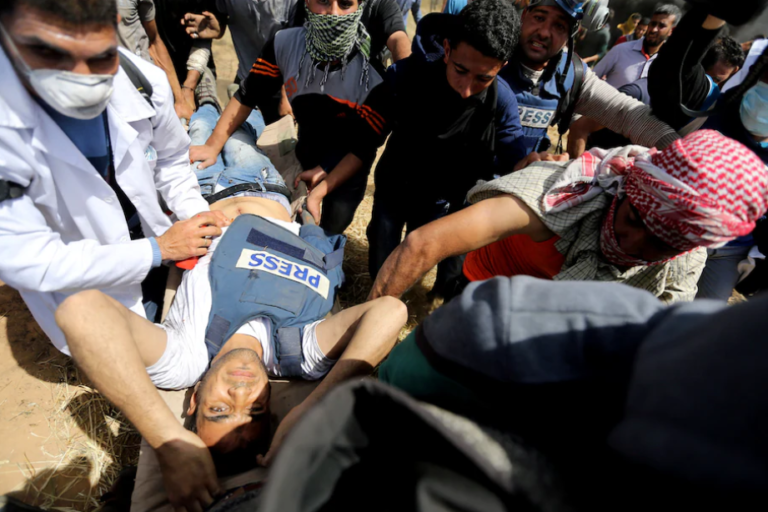
Without the social media content creators-turned war reporters in Gaza, the world would never have understood the horrors of this war. It is indeed a breathtaking experience as you see these content creators jumping into the flames of war in the historical social and geographical background of the wondrously beautiful locales of Middle East Asia. The region has often been described as the cradle of human civilization. This combined with the rich hues of the unique culture of the persecuted and hunted people called Palestinians make this media experience truly heroic.
The Brave Media Warriors
Let us look a little closely at some of these brave media warriors. For instance, there is 25-year-old Bizan Awda, who viewers used to see as a smiling girl at a women’s boxing training facility in Gaza, wearing boxing gloves on her hands, and stating that the sport is unfamiliar to Gazan women, but they must come and try it. This “boxing coach video” is an old story now. Bizan is now known as the journalist who broke down into tears while reporting that she was at the entrance of a hospital in Gaza just two seconds before a bomb fell and many people died. In the early days of the war, Bizan could be seen jovially interacting with the small children who were cleaning the premises of Al Shifa Hospital, helping others however they could, trying to make them laugh. The laughter has stopped now. The girl’s face now is permanently shadowed by fear and excruciating pain.
Mahmoud Suwaitar is a comedian from Gaza. One of the founders of Tashweesh, a comedy troupe in Gaza. Before the war, he had 600,000 Instagram followers. Now Mahmood Suwaitar is reporting the war. With 980,000 followers on Instagram, Ahmed Hijazi had become a social media star capturing the culture and beauty of Gaza. Al Jazeera reported that Hijazi’s wife had a photo studio in the Gaza Tower, which was bombed by Israel in the early days of war.
Plastia Alaqat is another 20-year-old Gazan vlogger. Plastia used to make videos that focused on women’s education. Since the war began, this vlogger has given an incredibly honest account of how the war affects her on an everyday basis. Ali Nisman was a Palestinian actor, social activist and content creator killed in an Israeli bombing on October 13. Even a few hours before that, Nisman had uploaded a video on his Instagram page reporting on the suffering of the people of Gaza. Nisman’s roles in the 2022 film ‘Nasr Gilboa Street’ and the television series ‘Sky Gate’ and ‘Al Rooh’ had won great acclaim from the film buffs.
The world saw Al Jazeera’s reporter Yumna El Sayed reporting live the Israeli bombardment of a Gaza Tower just behind her. One heard the heartrending cry that came out of Yumna at that time as well as her shock as she became breathless seeing the horrific scene. This was one of the first frightening journalist pictures that came out during this war. Yumna is a journalist who appeared to be in her early thirties. But look at her now, more than a month into the war. She looks like a fifty or sixty year old woman. Yumna’s face bears the scars of reporting from the hellhole of human tragedy, living in a sort of hell herself, fleeing northern Gaza to the south, and filming herself comforting her own children as fire bombs rained down around them.
Four children of Muhammad al-Aloul, a photographer of the Turkish news agency Anadolu were killed in an airstrike. Salman al-Bashir, a journalist on the Palestinian Authority’s TV channel, was reporting live when the news of his colleague Muhammad Abu Hattab’s death came. Salman al-Bashir tearfully removed his press jacket, which is worn by journalists, saying that journalists are not at all protected on this battlefield. The whole world saw the presenter who was sitting and talking with him in the studio also breaking down.
Amidst all this, Israel has informed the international media that it cannot guarantee the safety of journalists working in Gaza. Many journalists’ family members were killed in Israeli bombings. Before the war started, Motaz Azaizah was a 24-year-old photojournalist, Instagram influencer, and chronicler of daily life in Gaza and Israeli oppression. After the war started, all his attention was towards reporting deaths and devastation in Gaza. Azaiza went through the tragedy of filming the death of his 15 family members who were killed in the bombing of the Deir al-Bala refugee camp in Gaza. Videos of Azaiza and another journalist, Hind Khoudary, are now rarely seen. Both of them confirmed in a video aired a few days ago that they are alive, but they are trying to find their estranged family members, according to reports.
Another journalist was seen rushing to the hospital in a car with two seriously injured toddlers on his lap. He was shouting to the camera that he just grabbed two wounded kids from among the many injured in the bombing and was going to the hospital with them. The children’s faces were covered in blood. The three brothers and father of Turkish news agency Anadolu’s photographer Ali Jadallah were killed in an Israeli airstrike. Ali himself released a picture of him driving to bury his father’s body alone.
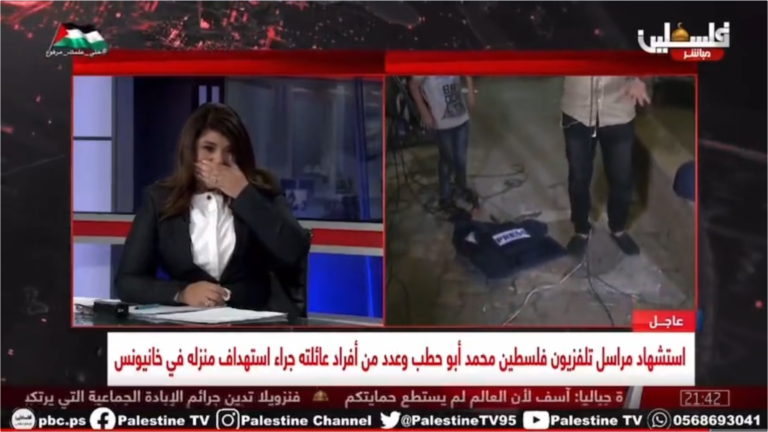
All journalism classes around the world teach that objectivity is the cornerstone of a journalist’s profession. Journalists in Gaza are going through a situation where they themselves turn into victims, subject to extreme kinds of pain and human tragedy, enduring death and separation. The cumulative impact of all this is that they themselves become news stories and objective reality of the world thus making them subjects of headlines.
Al Jazeera Arabic Channel’s Gaza Bureau Chief, Wael Dahdo, lost his wife, 15-year-old son, 7-year-old daughter and grandchild in the bombing. A colleague, Yumna El Said, who fled to southern Gaza, told Al Jazeera that Dahdo remained in Gaza saying “I cannot leave the Gazans.” These words, spoken by a veteran journalist like Dahdo, show how complicated the situation in Gaza is. The question arises whether a journalist can leave the place where he is assigned, and flee. In all probability, the journalist must have wondered who would tell the world the life stories of people who resolutely decided to stay put in Gaza, if he chose the option of running away.
Aljazeera' s brave veteran journalist Wael Dahdouh's wife, son and daughter were killed in an Israeli airstrike which targeted a shelter house they had fled to. Wael received the news while on air covering the nonstop Israeli strikes on Gaza! pic.twitter.com/G2Z8UreboU
— Mohamed Moawad (@moawady) October 25, 2023
Dahdo returned to war reporting the very next day after his entire family was killed. One cannot but wonder why Al Jazeera reassigned him to reporting instead of leaving him to mourn alone. But the violence in Gaza continues. If not Dahdo, who will give the news? Perhaps, in the face of the tragedy of his people, Dahdo is not ready to weep until this war is over.
Even as the multifaceted images of bravery and media commitment are presented to the world, there are some important questions in the debate about journalism emerging from the Gaza war. Many layers of wartime journalism, including some unsavoury facets, can be deduced in those discussions. Still, amidst all these layers, what stands out is the fact that the journalists of Gaza, from the content creators who had to become journalists on the war front, are truly worth a big salute.
Media Action: Questions Raised by the Hamas-Israel War
But among the troubling questions is the one related to the coverage of happenings on October 7, the day of mass murder. There were some journalists with Hamas who went along with the forces into Israel that day . Hamas attacked and killed soldiers and civilians alike. These were journalists from Gaza. But they were also freelancers reporting to the international media. Especially four of them. The four provided coverage of the Hamas attack to international news organisations such as the New York Times, Reuters, CNN and the Associated Press. These media houses published them.
מחבלים בתחפושת של עיתונאים?
דרשתי הבהרות מיידיות מגופי התקשורת הבינ"ל שפורסמו בתחקיר.
כל מי שהשתתף, תמך או שמר על קשר של שתיקה ואיפשר את הטבח בעוטף, דינו כמו כל מחבל בעזה.@CNN @Rueters @nytimes @AP pic.twitter.com/WQ3kq3dTg1— 🇮🇱שלמה קרעי – Shlomo Karhi (@shlomo_karhi) November 9, 2023
These journalists can be seen in videos of Hamas violence. This was first pointed out by Honest Reporting, a pro-Israel organization whose stated aim is to expose anti-Semitism in the media. They brought this presence of embedded journalists along with Hamas to public attention through an article published on their website, “Broken Borders: AP & Reuters Pictures of Hamas Atrocities Raise Ethical Questions’’.
Did these journalists go along knowing that such widespread violence was going to happen? If so, did they inform the concerned authorities in the media outlets that employ them, such as the New York Times and Reuters? And if these international media organisations had known this, are they not complicit in such a massacre? Moreover, Honest Reporting released another photo. It was a picture of Yahya Sinwar, the head of Hamas in Gaza, kissing one of the four journalists on his cheek. This picture was of Hassan Eslaiya, a freelance journalist in Gaza who provided CNN with news and pictures of the violence. A video also surfaced of Hassan Eslaiya riding a motorcycle with a man sitting on the back with a grenade.
Journalism Turning Complex and Confusing
Following this disclosure by Honest Reporting, the Israeli Minister of Information and Communications issued a letter to the four international media organisations involved: The New York Times, Reuters, CNN and the Associated Press. The letter addressed the questions raised above. The Israeli side has alleged that these freelance journalists identify with the cause and actions of Hamas who committed the violence. To prove this, the letter pointed out the particular style of reporting of one of the reporters when the incident took place. Subsequently, all the four media houses issued a statement saying that they were not aware of the scale and nature of the violence. Reuters explained that on October 7, the day of the attack, they only bought photos from two Gazan freelance journalists who were on the Gaza-Israel border, and with whom they had no previous relationship. Moreover, if you look at the time these photos were taken, it is clear that they were taken 45 minutes after Israel officially announced the arrival of the attackers, Reuters said.
The Associated Press and CNN described the incident as simply gathering information from available sources, such as freelancers, as is often done in a sudden incident. And they said they had severed all ties with Hassan Eslaiya, the freelance journalist in Gaza. The New York Times said – There is no evidence to make an allegation about our Gaza freelancer. This allegation is false and objectionable. It’s an accusation that could unnecessarily endanger journalists in Israel and Gaza.
The politics of Media Work
A summary of the problem discussed above has to factor in the fact that Hamas is both a political movement and an armed militant group that has openly adopted terrorist attacks as its modus operandi. This complexity makes media coverage of Hamas extremely difficult.
One question is how ‘neutral’ media work can be, emerging from a people who have been occupied and oppressed by Israel for many decades. The second aspect is that in the age of social media, where everyone is a citizen journalist and content creator, the boundaries between who is an ordinary citizen and who is a journalist are disappearing. The third question is this – a journalist gets information that such an act of violence is going to take place. Still, in all probability, those journalists were not fully aware of the horrific nature of the forthcoming violence. In such cases, journalists only get rumours first that something is going to happen. It is the natural instinct of the reporter to go after these bits and pieces of information or rumours.
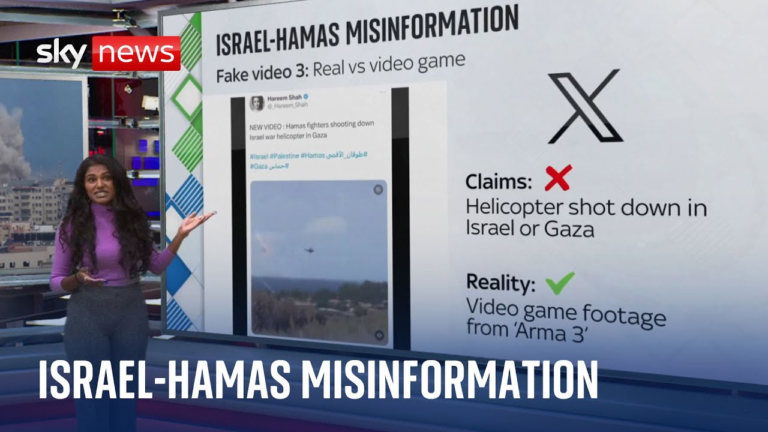
Now when the true nature of the violence is understood at some point, what steps can those journalists take? Is the primary mission to report the news, or to inform those concerned, to prevent violence? While reading history, we have seen instances of reporting where the stakeholders are informed by journalists in similar circumstances and the news is also reported. Sometimes we have also seen situations where both of these cannot be done. Moreover, reporting an event has extreme importance. If the violence is documented, it may even help identify the perpetrator later. Capturing what happened is important at several levels. Whether it is in Israel or Gaza, what involves journalists risking their lives to report a mass murder is also about justice for those dead people. If it is to be proven in later investigations what crimes have been committed, if both sides want justice, there needs to be rock solid evidence, and that is where the documentation as carried out by journalists becomes extremely important.
Efforts to Fact Check and Challenges
The problems faced by international media reporting the war from outside without being able to go inside Gaza are many. Relying on freelancers in Gaza or the official Israeli military for news poses major challenges to factual reporting. On the one hand, while freelancers’ reports from Gaza are invaluable documentation, they come with no other means of verifying the accuracy of the information they provide. The same problem exists with the information provided by the Israeli forces. Many content creators in Gaza have complained that their posts have been ‘shadow banned’ by social media. There could be many factors behind such censorship by social media companies. These could include the need to censor picturisations of extreme violence, the depiction of close-ups of gruesome injuries and calls for violence. It can also be assumed that political messages against the politically mighty countries such as Israel and the United States, or messages that undermine the supremacy of the Western narrative, are also suppressed.
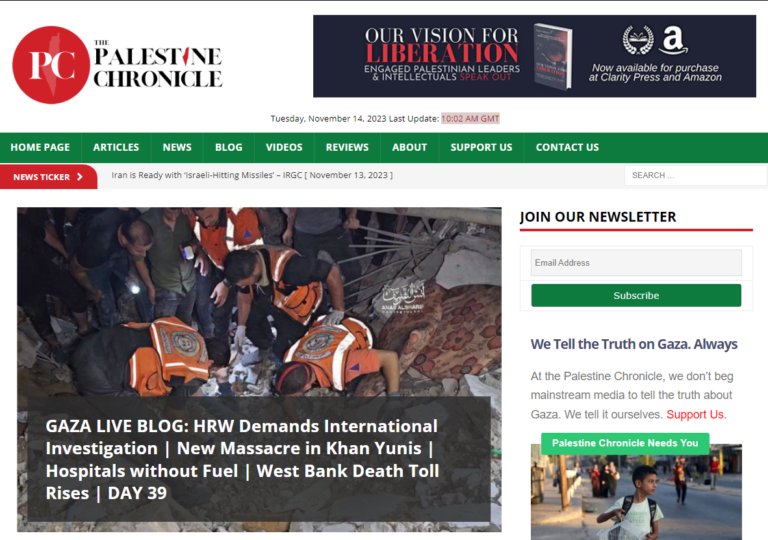
The media persons, content creators, and the ordinary people who are turned by war into conflict journalists believe they have a responsibility to speak the truth about Gaza to the world. Unfiltered, raw and authentic are the terminology by which the world generally describes the images and information provided by content creators in Gaza. The methods of fact-checking and scrutiny of potential errors at many editorial levels that are done in normal, curated journalism are well-nigh impossible in this war. Ghastly spectacles of horrific mass killings reach the audience uncut and unfiltered. The brutal honesty of these images is hard-hitting. Recognizing its implications to approved journalism practices, the mainstream media generally follow the pattern of masking the most horrific and tragic scenes, even in this war. But on social media, those scenes often come out without such precautions. The formal and informal consensus in journalism is that badly injured and mutilated corpses must not be shown as it is a violation of the sanctity and dignity of human life. When there is a relentless massacre that continuously diminishes the value of human life, to argue for such restraint also becomes ridiculous and meaningless.
How did Gaza Come Out on Top in the Media War?
Everyone now realises that there is a deadly war going on in Gaza as well as a media war. No one thinks that Gaza will fight and win a war waged against Israel, a deadly armed power, backed by an even greater force, the United States. But Gaza is far ahead in the media war. For that, we have to thank the aforementioned journalists, content creators, and ordinary people who have become war reporters.

Almost 25 years ago, when this writer was working at the international desk of Asianet News, a Malayalam regional language channel, and preparing content for bulletins, then too the Israeli-Palestinian conflict was a major and live topic. At that time, the Palestinians were mostly an unarmed population that picked up stones and threw them at Israeli forces. It was visibly so in the footage that was coming from there. And their voices were not legible at all. When they spoke, it was in Arabic, in a language unknown to the outside world, especially the western world.
While we say that social media has fostered a new breed of journalists in Gaza, there is another important thing that we need to understand and assimilate. Today those popular journalists/content creators all speak good English to the world. The schools started in Gaza by UNRWA (United Nations Relief and Works Agency for Palestine Refugees in the Near East) and the education provided there, including English, have created a new generation of educated people in Gaza. This is also why Israel can be defeated in the media war even when Gaza is losing the war of arms.
Israel even accused UNRWA schools in Palestine run by the United Nations as centres providing terrorist training. These allegations have been dismissed by the world, as a whole, with the contempt they deserve. But it is clear that UNRWA schools have played a role in empowering Gazans, especially the girls and women of Gaza. They got a new language to express their views to the world. They gained the confidence to do so through education. Interviews of many Gazans living outside Gaza – most of them professionals, academics, etc. – have already appeared on several TV channels. They articulate the politics of Gaza’s resistance to the world in English, with great erudition and ease.
This is a lesson for all oppressed people in the world who are looking for a path of resistance. It proves that an armed struggle is only a temporary solution. The power of knowledge will win the long battle, howsoever slow it is. The experience of journalists and content creators in Gaza continues to underscore that the English language is the best weapon to break the monopoly in the information war.
This copy is written referring to sources such as Gulf News, Al Jazeera, NBC News and Al Jazeera’s journalist David Landy’s report.
To receive updates on detailed analysis and in-depth interviews from The AIDEM, join our WhatsApp group. Click Here. To subscribe to us on YouTube, Click Here.


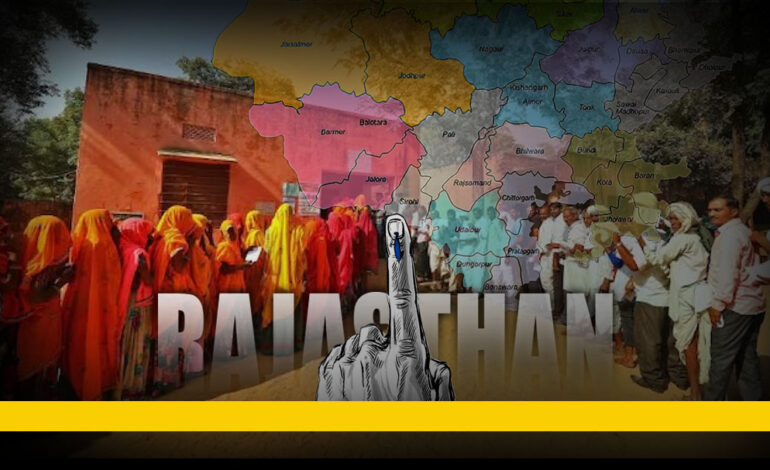

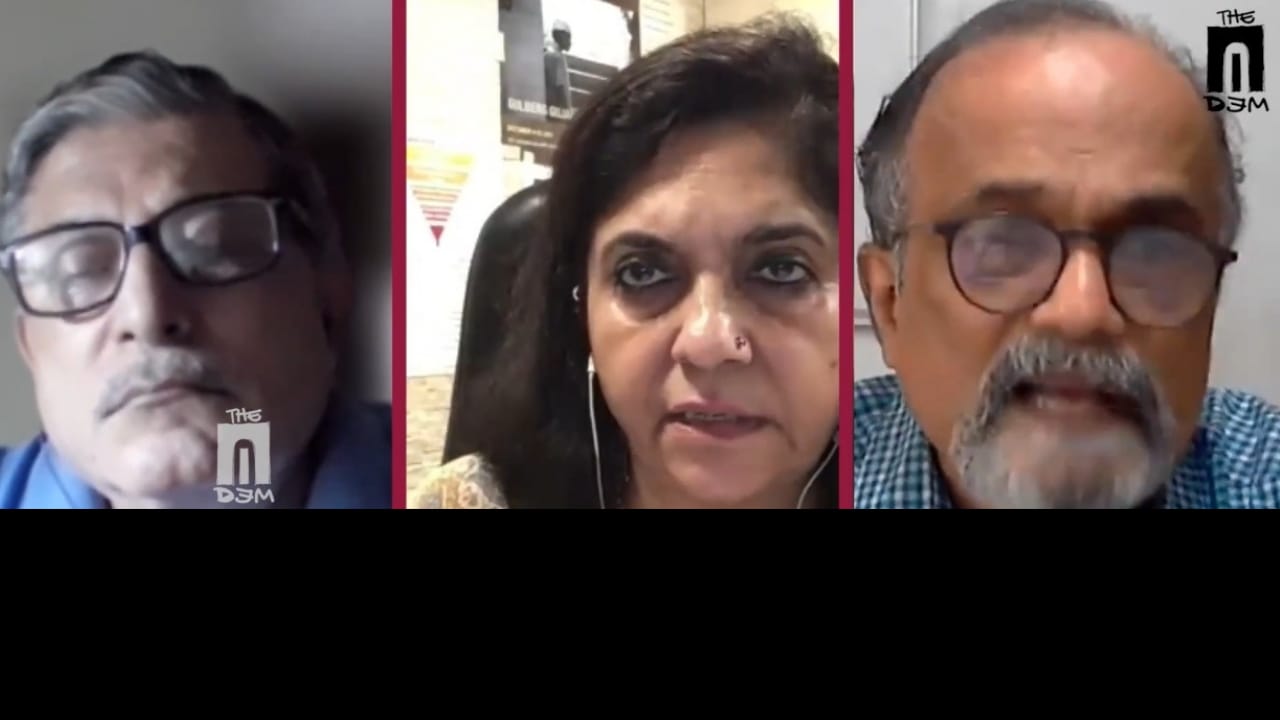
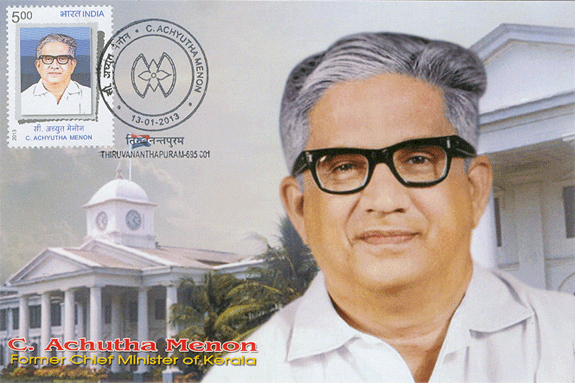
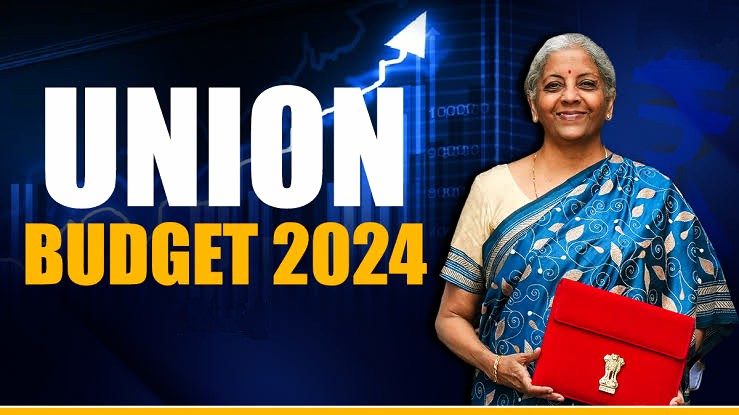
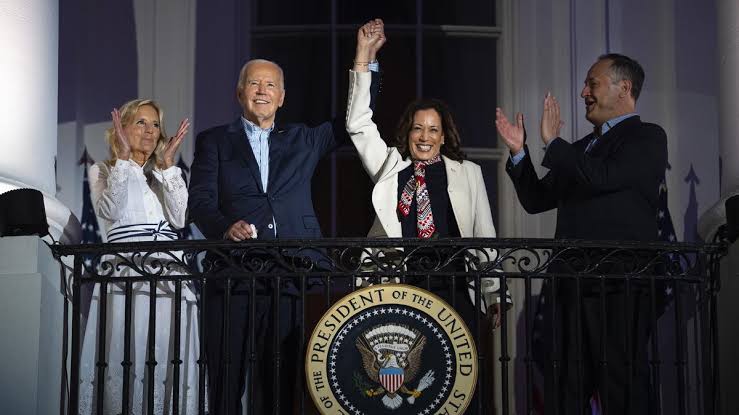
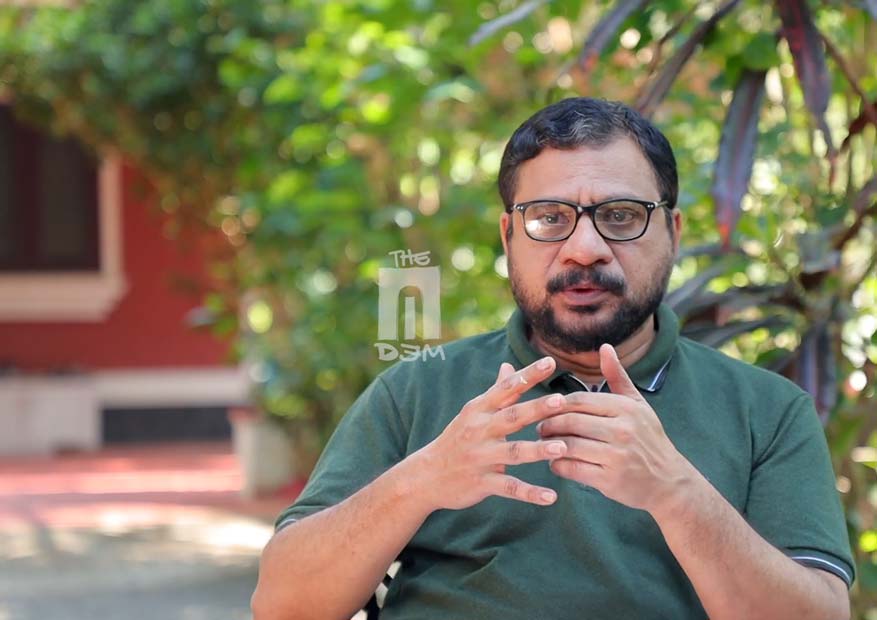
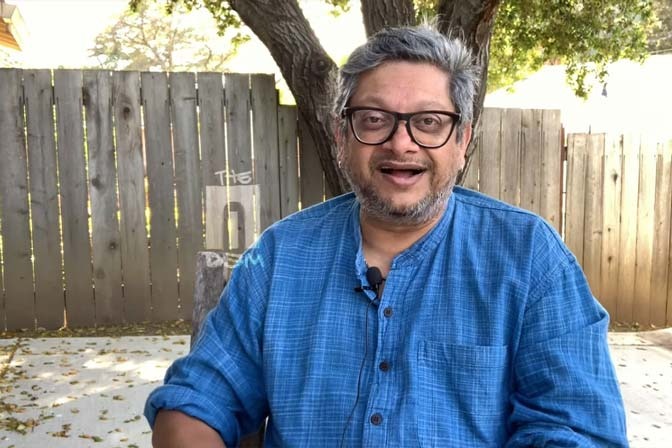
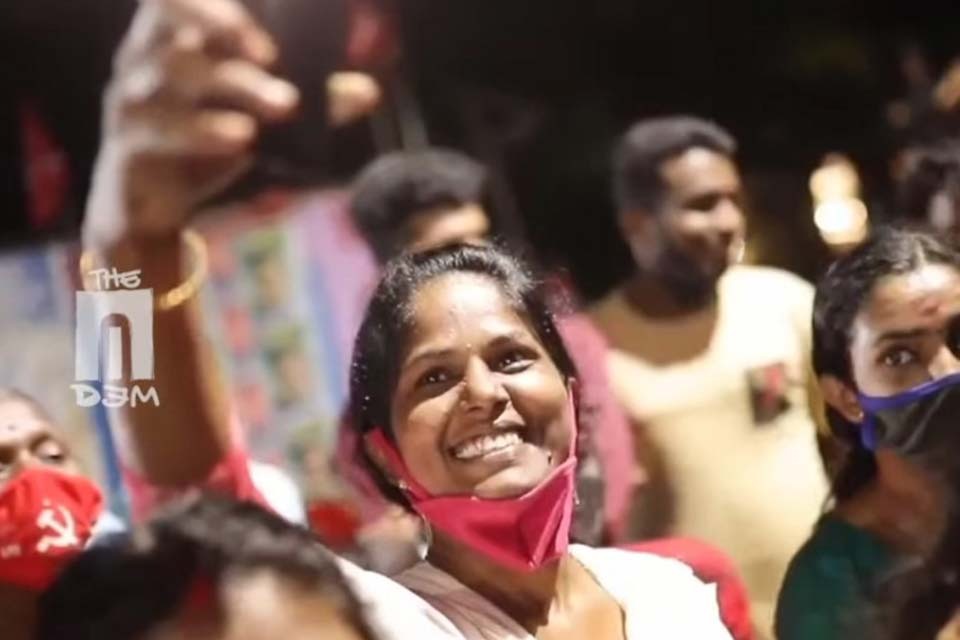

As the author herself says salaams to the Gazan content creators who have brought to the world the brutal realities of this war . And salaams to Deepa and Aidem too for publishing this unique story
Most refreshing piece and perspective. Pitted against Israeli chutzpah, is Honest Reporting an oxymoron? When news provider is also the news subject, will there not be a human predilection behind the reporting? Is neutral news sought after amidst the plethora of narratives? All commentaries and delineations on Gaza are created
offsite, relying on same available sources, be it social media, freelancers and so on. So, as the author rightly observed, ground rules of journalism are also sure to undergo change when humanity dips it’s head in shame before breaking of all ground rules in warfare. May the writer’s optimism that pen is mightier than the sword see the light of the day sooner on Gazan shores..
This piece is journalism at its very best, and it should get an award. By just reading, I felt as if I was in Gaza myself, staring at the reality with my own eyes. Deepa, would love to get in touch with you.
Despite the ‘best’ efforts of the collective West and the MSM to keep news of deaths among the people of Gaza from public gaze, this information has got out, and has been one of the main reasons for the enormous pushback from the global community, especially the global South. More power to this brave band of social media reporters!
First of all, a big salute for Deepa VM for her brilliant portrayal of the objective analysis of the brave warriors of new age journalism in war torn Gaza. This piece is a supreme utterance of journalistic writing!!! And her words are literally like despatches from the frontline! Because why shouldn’t a single reporter from Al Jazeera, BBC or Reuters have written like this? Her article is pointing into a new direction or a torchbearer kind of journalism. Really an eye opening one. Thanks for the AIDEM for providing a timely informative piece.
big salute to Deepa VM. Her brilliant portrayal and objective analysis of the brave warriors of the new age journalists that have bloomed in the war torn Gaza.This piece is a supreme utterance of journalistic writing!!!And her piece is literally like a despatch from the frontline. Why should’nt a single reporter from Al Jazeera, BBC or Reuters did write something like this? Her article unveils a new direction. This has attained the glow of a torchbearer
journalism which is really an eye opening effort.Thanks AIDEM for publishing a timely, informative and innovative piece of writing from a bright mind
A big salute to Deepa VM. Her brilliant portrayal and objective analysis of the brave warriors of the new age journalists that have bloomed in the war torn Gaza.This piece is a supreme utterance of journalistic writing!!!And her piece is literally like a despatch from the frontline. Why should’nt a single reporter from Al Jazeera, BBC or Reuters did write something like this? Her article unveils a new direction. This has attained the glow of a torchbearer
journalism which is really an eye opening effort.Thanks AIDEM for publishing a timely, informative and innovative piece of writing from a bright mind.